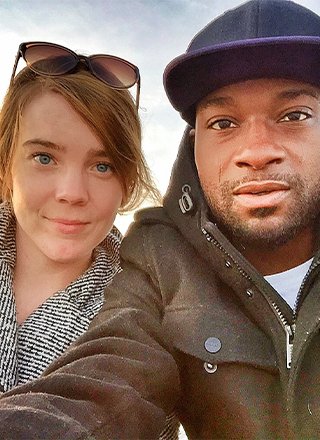It’s St. Patrick’s Day, and since I’m half Irish – my mother’s maiden name was Gallagher, and her people hailed from County Donegal – I’d like to regale you with a wee tale of how the Irish helped defeat government-sponsored school prayer. It’s a history that’s not well known but ought to be.
Our story begins in Philadelphia in 1844. Ten years earlier, the state had created a public school system (then often called “common” schools). These institutions were designed to educate the masses, but there were problems: Black students were excluded, and the schools tended to be infused with Protestantism. Every day began with the recitation of the Lord’s Prayer and readings from the King James Version of the Bible.
This rankled the substantial population of Irish immigrants, most of whom were Roman Catholics. When they asked that their children be excused from state-sponsored Protestant worship, some folks didn’t react well. A riot ensued, and the city erupted in flames. Some churches were set on fire; several people were killed.
Obviously, emotions were running high in Philadelphia in May of 1844. The nation was undergoing one of its periodic bouts of xenophobia. Many of the Irish were newcomers who were accused of taking jobs and not assimilating. Philadelphians who had been born in America (so-called “nativists”) were quick to stir up ethnic conflict.
Historians have tended to focus on the violence sparked by what came to be known as the Philadelphia Bible Riots, but what happened in their wake is equally important: The Catholics won, kind of. The prayers continued, but Catholic parents got what they wanted: the right to remove their children from religious exercises they considered offensive.
More importantly, some crucial groundwork was laid. Inspired by that fight, Catholics in other parts of the country filed lawsuits in state courts challenging school-sponsored prayer and Bible reading. But this time, merely excusing children wasn’t going to cut it. The dissenters wanted the mandatory religious exercises removed from public schools entirely.
Not every lawsuit was successful, but several were, notably in Ohio, Illinois, Wisconsin and Nebraska. Eventually, the issue reached the U.S. Supreme Court, which in two landmark rulings from 1962 and ’63 invalidated coercive, school-sponsored prayer and Bible reading. (But remember, the high court did not strike down truly voluntary, non-disruptive prayer, and it’s perfectly fine for public school students to read the Bible or any other religious book during their free time.)
Public schools are no longer in the business of sponsoring religion or meddling in the personal decisions of young people about whether to pray or not to pray. That has been the law for 60 years (although AU worries that the Supreme Court may start to erode that standard). It’s a good thing because it protects the right of all students to engage in religious activities or not as they see fit.
That’s real religious freedom – and we owe it in part, at least, to the pluck of the Irish.
Photo: A Catholic church burns during the Philadelphia Bible Riots


